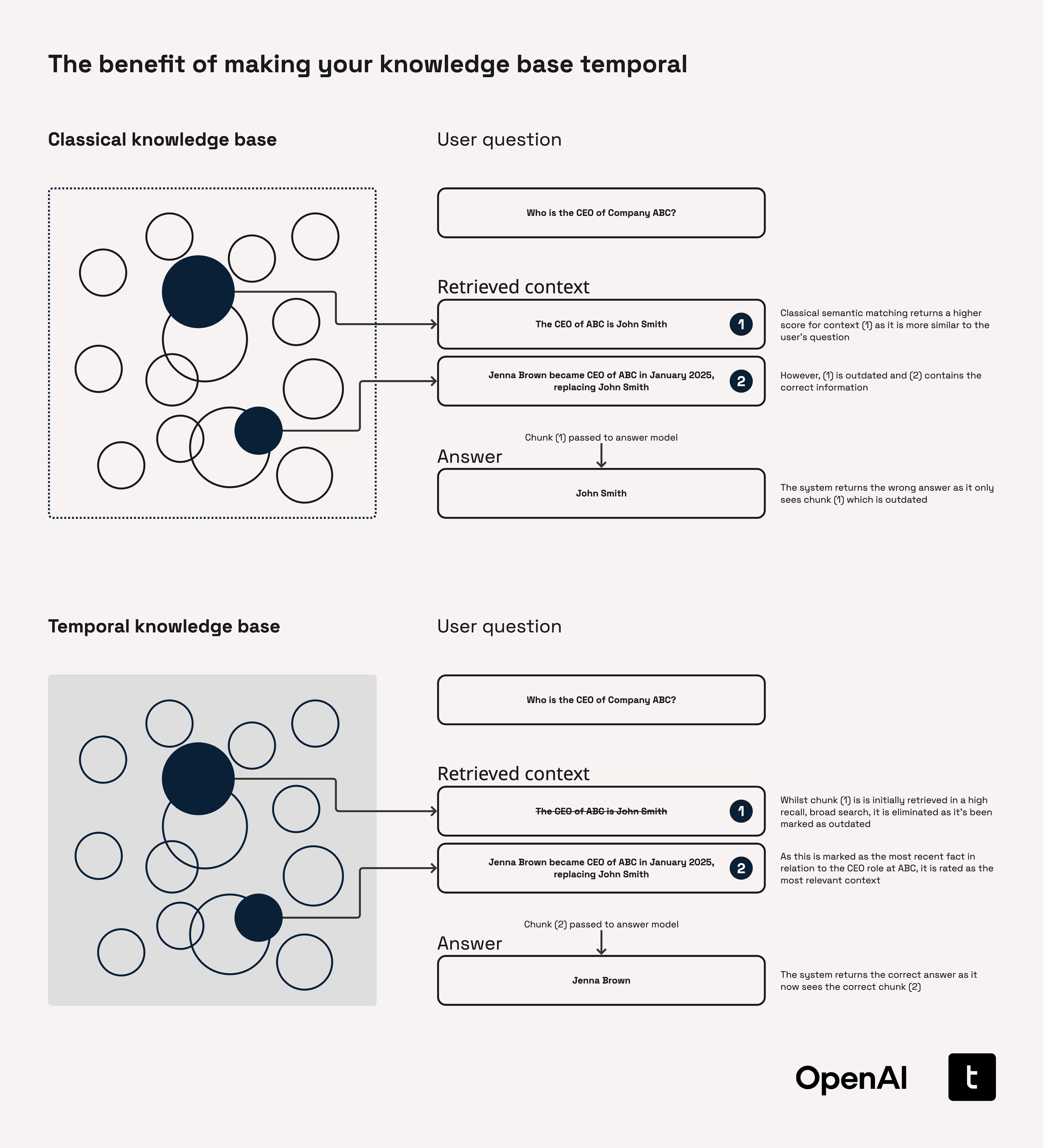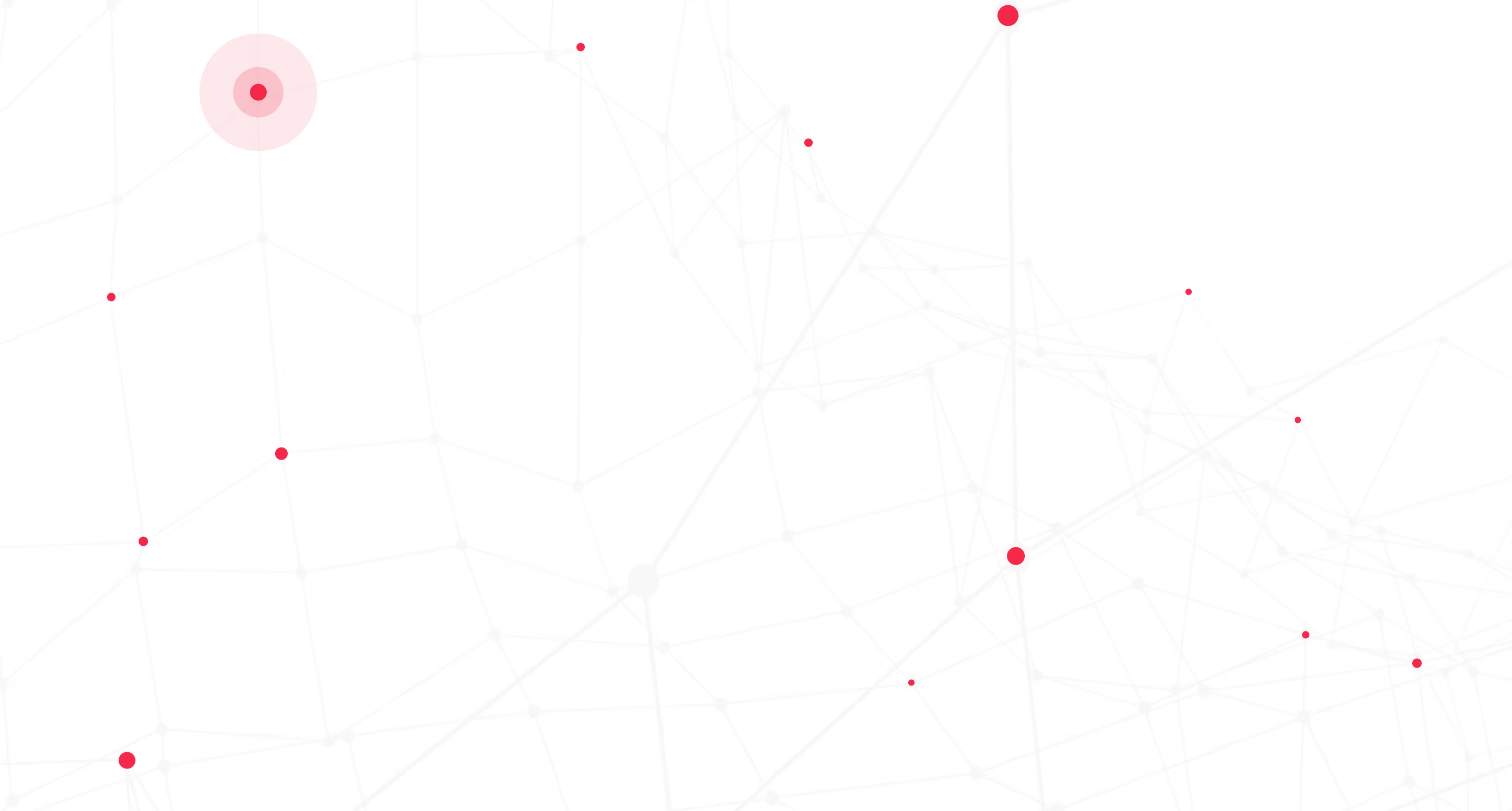Announcing Raphtory v0.12.0: Vector APIs, Edge Filtering, and a New On-Disk Format


We are excited to announce the release of Raphtory v0.12.0, an update packed with powerful new features designed to enhance Graph AI capabilities, provide more granular query control, and improve overall performance.
This release focuses on unlocking new analytical frontiers by integrating vector-based similarity search directly into the graph. Let's explore the major changes.
🚀 Headline Feature: New Vector APIs for Graph AI
The most significant addition in this release is the introduction of our new Vector APIs and integration with the GraphServer. This is a game-changer for anyone working with graph machine learning and AI.
You can now natively store, update, and query vector embeddings for nodes and edges. This allows you to combine traditional structural graph analysis with powerful similarity searches. For example, you can now ask complex questions like, "Find all nodes that are structurally similar to this node and have similar properties, based on their vector embeddings."
This new vector context makes it dramatically easier to build sophisticated Graph AI applications, from recommendation engines to fraud detection systems.
🔬 More Powerful Queries: Edge Filtering (Alpha) & Helper Functions
We're continuing to make our query engine more powerful and intuitive.
- Edge Filtering (Alpha): We are releasing an alpha version of edge property filtering. This gives you the ability to filter edges based on their properties, or even filter specific updates within an edge's history. This provides much finer control for complex temporal analysis.
- New Helper Functions
latest()andis_active(): To simplify your code, we've added two convenient functions.latest()is a simple shortcut to query the state of a graph, node, or edge at its most recent time.is_active()allows you to quickly check if a node or edge has any updates within your current query window, helping you focus only on active parts of the graph.
💥 Breaking Change: New On-Disk Graph Format
To support these powerful new vector and indexing capabilities, we have changed the on-disk representation of a Raphtory graph.
Previously, save_to_file() created a single file. It will now produce a folder containing the new, more extensible graph structure.
If you need the old behavior of a single, portable file, you can now use the save_to_zip() function instead. This .zip file can be read directly by Raphtory when you call load_from_file(), ensuring a smooth workflow for those who need it.
Other Notable Improvements
This release also includes a host of other enhancements:
- GraphQL Upgrades: You can now access node components directly in GraphQL, and a generated schema is available to see all property types. We've also simplified the plugin APIs for easier customization.
- OpenTelemetry Tracing: We've added OpenTelemetry support to the GraphServer, allowing you to track the performance of all your Raphtory queries.
- Performance & Bug Fixes: We've optimized component algorithms, parallelized the reading of saved graphs, and fixed several bugs related to motifs and boundary checks. Python users will also be happy to know that
floattimestamps are now fully supported.
Get Started with v0.12.0 Today!
This release is a major step forward in our mission to provide the most powerful and flexible temporal graph platform available. The new Vector APIs, in particular, unlock a whole new world of possibilities for Graph AI.
For a complete list of all changes, check out the full release notes on GitHub.
We're excited to see what you build. As always, we welcome your feedback on GitHub or in our community channels. Happy analyzing!

You might also like
Discover insights and tools for data analysis.

The Missing Link for AI Agents: Why a Native Temporal Graph is Non-Negotiable

Holistic Network Analysis Over Time

Reduce False Positives

Unlock Your
Data's Potential
Discover how our tool transforms your data analysis with a personalized demo or consultation.